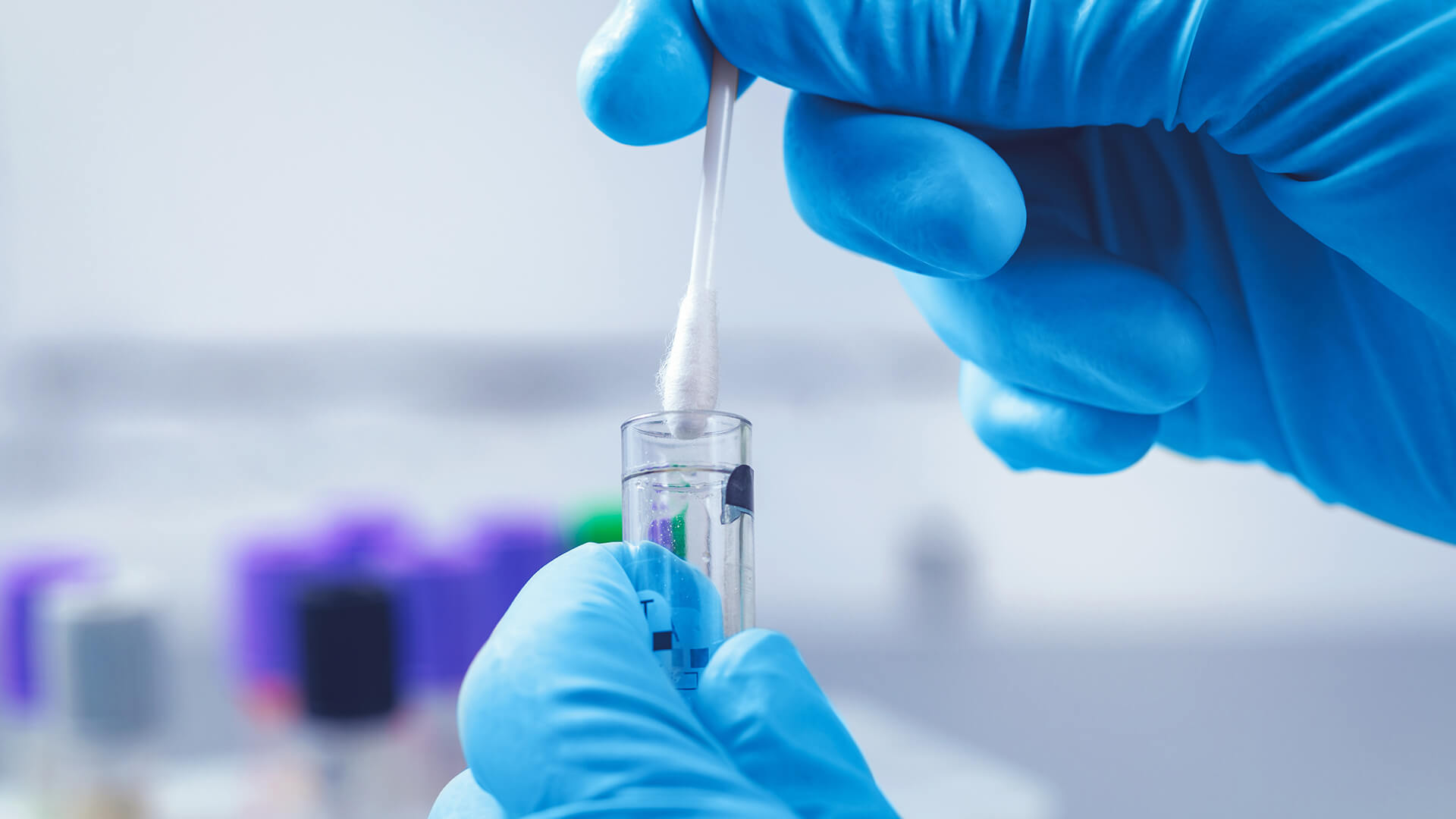
Clean DNA: How Genomics Can Reduce Emissions and Drive Economic Growth for Canada
By: CBoC Team
Originally produced for the Innovation Economy Council (IEC). The IEC is now the The Conference Board of Canada’s Canadian Centre for the Innovation Economy (CCIE).
Read the detailed report here.
The climate crisis demands innovation and new strategies. Scientists are finding potential solutions from an unexpected place: biology. The mapping of the human genome led to breakthroughs in medicine, but gene mapping can apply to many other fields, including agriculture, food, resource extraction and manufacturing.
It’s now possible to harness natural micro-organisms such as bacteria, yeast and micro-algae to manufacture many of the world’s physical materials, potentially with improved performance and fewer emissions. Bacteria is engineered to make proteins. Meat and fish cells are cultivated for burgers, nuggets or sushi. Sugar-based substances can replace petroleum in nylon. Researchers are developing ways to use microbes to devour toxins and bacteria to consume methane.
A recent McKinsey Global Institute report found that 60 percent of physical inputs to the global economy could, in principle, be produced biologically — with an economic value of at least U.S. $2 trillion between 2030 and 2040. This would represent a turn toward more biology-based processes, away from petroleum-based synthetic chemistry, says Bettina Hamelin, president and CEO of Ontario Genomics.
Hamelin notes that nature has made chemicals and proteins for billions of years. Science can reproduce those processes to make products we want and need. “We are building on what is happening in nature,” she says. “Biology, and biotechnology, is the only way toward a sustainable and prosperous future.”
Canada is a world leader in genomics, engineering, chemistry, mathematics, big data, AI and biotechnology. We have all the ingredients for a successful industry, but we risk falling behind other jurisdictions that benefit from significant public and private investment in the sector.
Moving swiftly to a low-carbon society will require enormous effort by governments, businesses and individuals. That should include measures that allow Canadian startups in genomics and biological engineering to scale up their technologies, from public-private partnerships and talent development, to community engagement and building product trust.
2012
The first burger based on cultivated beef cells was developed.
2016
U.S.-based Impossible Foods raised the stakes by developing engineered soy leghemoglobin and adding it to its plant-based burgers, dramatically improving flavour.
2021
Singapore became the first country to approve cultivated meat for human consumption, a cell-based chicken developed by Israel-based Future Meat Technologies.
Contributions
Author: Anita Elash
Editor: Guy Nicholson
Data and analytics: Nigel Biggar, Sana Maqbool
Research associate: Heather O’Brien





Comments